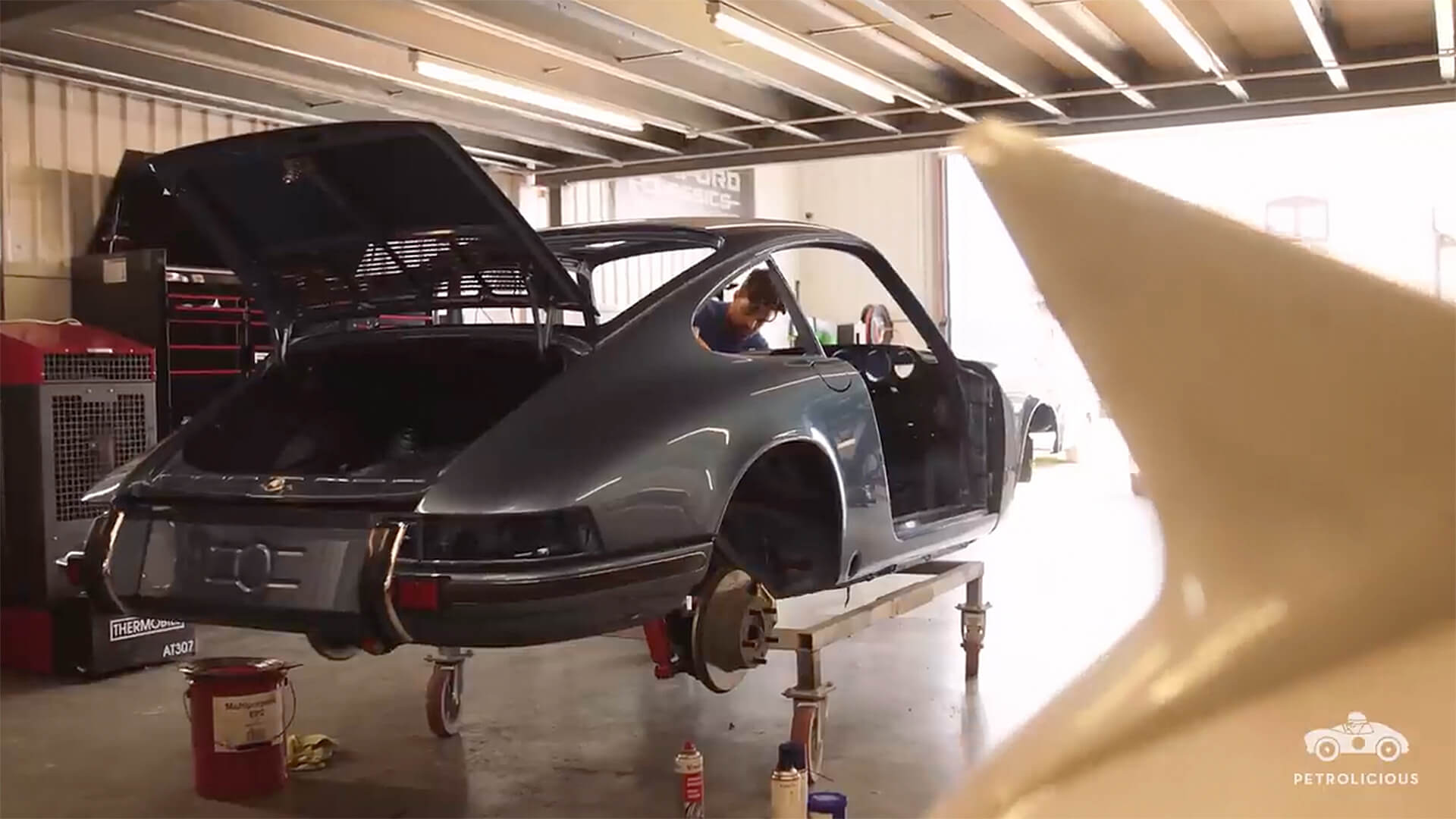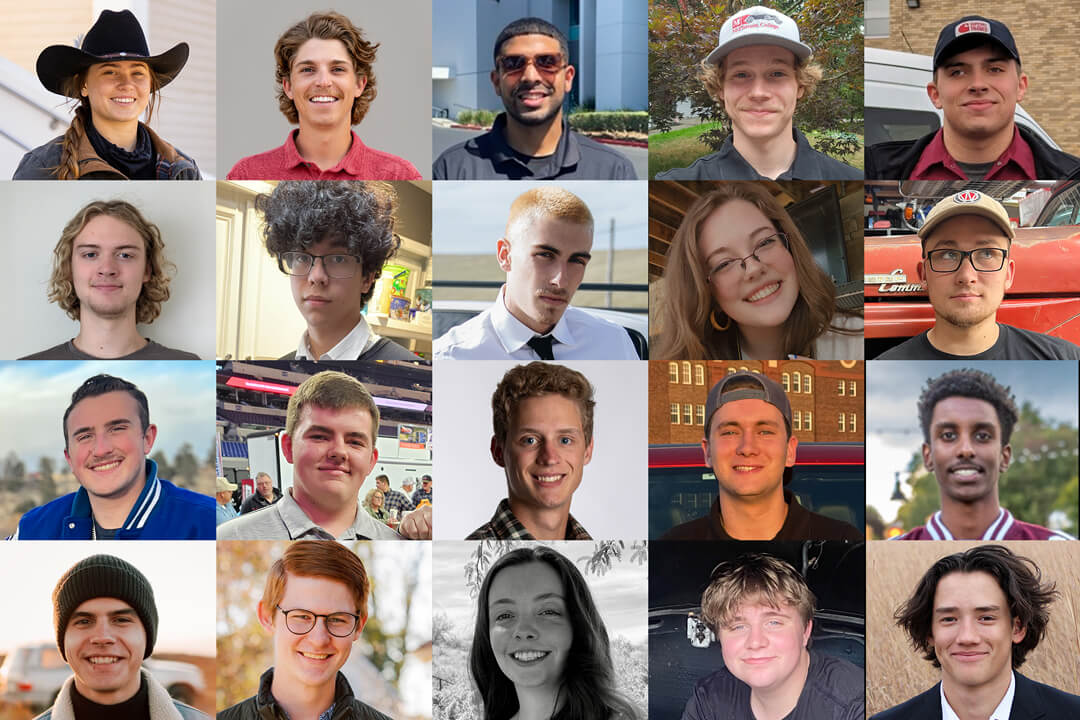One Year Later: Revisiting Philip Reinhardt
Last year, we enjoyed a conversation with Philip Reinhardt, graduate of McPherson College, Class of 2019. He’s provided us with an update on his shop, Mechanical Arts, and his experience of owning his own restoration business.
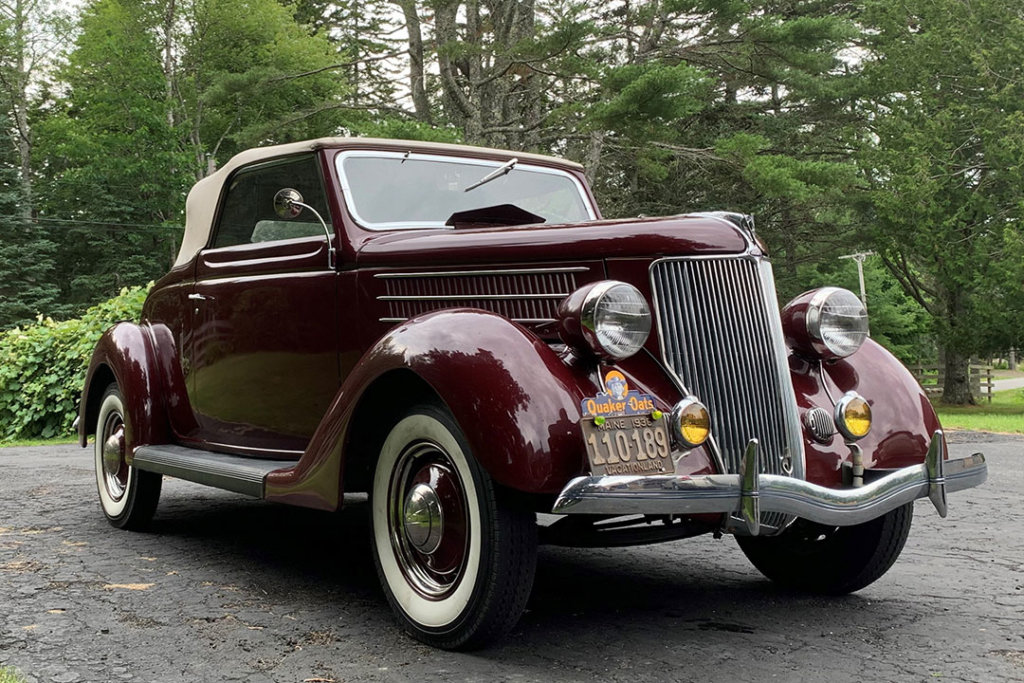
By Robert Minnick
November 15, 2021
Time goes fast. In March, I’ll have been open for two years. I’m in the shop pretty much full time now, only spending two days a month as captain of the Laura B. on the waters off the Maine coast. I’m so busy I almost can’t keep up with the work. That’s not the worst problem to have.
In the shop, there are about seven projects taking place at any one time, which seems to be the right number. Fewer than that and I’m sitting around, waiting on parts. More than that, and I run out of storage space because I only have 3,000 square feet.
I’m currently booking into April. Some people aren’t happy about that but I’m honest and manage expectations. When someone can’t wait, I can refer them. There are shops that will work on vintage cars and can make the cars run but there isn’t another shop like mine within a two-hour drive, offering a specialized skillset to make these cars run and function like they should.
Are there any cool restoration projects you’d like to share?
All the cars are cool in their own right but I’ve been very impressed by a few that have come in my door, like the 1953 Bentley once owned by Briggs Cunningham, a famous yacht and auto racer. For that car, I did some brake work on one of the most over-engineered systems I’ve ever encountered.
I’m looking forward to the first full restoration that I’ll do in my shop, a 1961 MGA, starting in January. I’ve done some intensive mechanical repair work, including a rebuild of a full drivetrain, but this will be the first nut and bolt restoration.
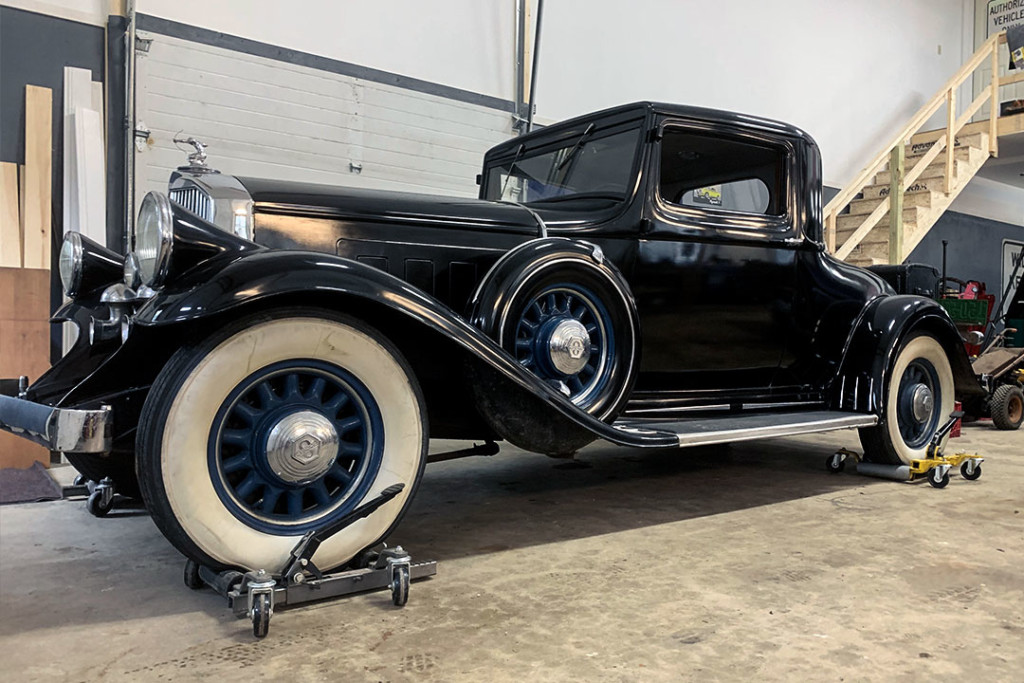
Are you happy with your decision to open your own business as opposed to working for another restoration shop?
I’m certainly glad to be my own boss, set my own schedule, and make a good living. I don’t mind the paperwork. On Friday afternoons, I sit down and do my billing. I think I have a good system worked out.
Sometimes, it’s not fun to have responsibility, like when a customer isn’t satisfied. I’ve had that experience twice and I don’t think anyone wants to be in that position. But, it’s very enjoyable and rewarding when the job goes right.
Do you have any employees working for you at your restoration shop?
I’m happy that it’s just me right now because I know what’s going out the door and can stand by the quality of the work.
That said, I have been looking casually and thinking about what it would take to pick the right candidate. That’s a lot like what the Piston Foundation has to do in awarding scholarships. I’d say the thing to look for is self-motivation. People who are looking at the problem and doing research — online and in manuals — those are the people figuring things out and going to follow through on a project through completion.
That’s one of the biggest challenges in this industry: projects can take a long time so it can be hard to stay motivated. It’s easy to work on stuff when things are going well but you need to find people who will want to work on the hard stuff, too.
When I was studying at McPherson College, there were kids who spent their free time honing their craft, working outside of class. If you do good work, that will do all the talking for you and people will recognize that.
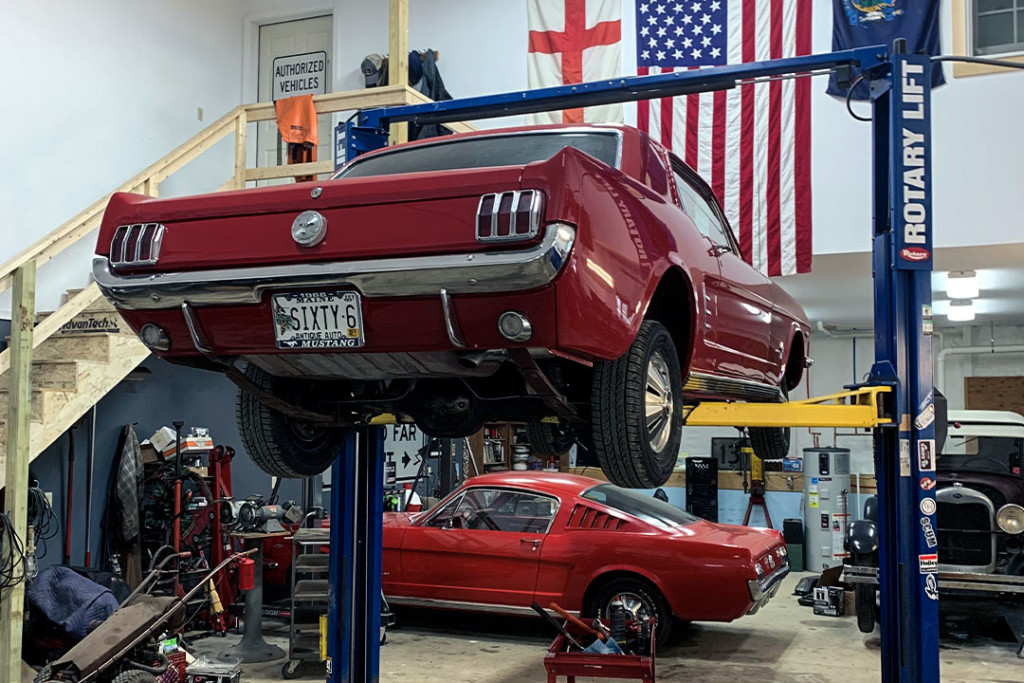
What is a typical day like at Mechanical Arts?
I’d be the first person to say I’m learning every day. As a small shop in a rural area, I can’t specialize on one marque. Two thirds of what my customers are bringing me are problems that are unique. I may have worked on a similar problem but not on that car. My library of manuals is priceless. I’ve learned so much through constant research. I can’t bill for that learning but, as time goes on, I am spending less time there.
What is your approach to managing customer experience at your restoration shop?
Some people have unrealistic expectations of the restoration industry. It’s good to remember that schools like McPherson create students who are ready to learn and have the right building blocks but they still need to get out there and work with their hands to learn the skills.
I couldn’t agree more with what the Piston Foundation is trying to do. Obviously, there is a need for more people in the skilled trades. I’m an example of that. McPherson’s 98 percent job placement rate is another.
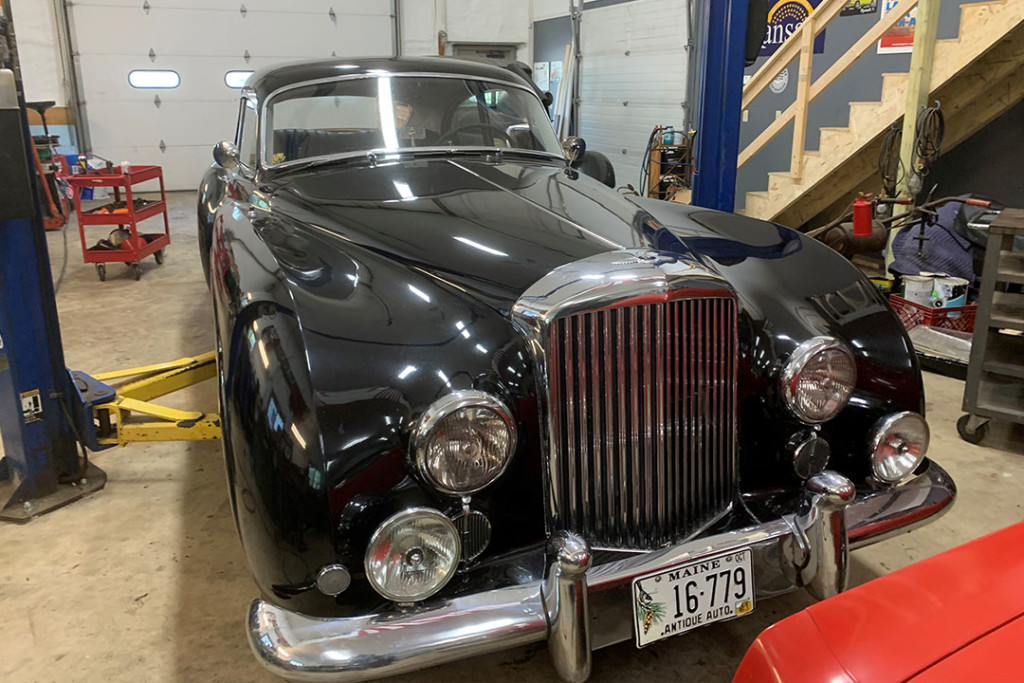
What would you say in closing?
I’m really happy with where the business is now. I’m very lucky to be in a supportive community. I’m seeing cars that I didn’t know were in my town. Now that my neighbors know there is a local resource, they’re bringing out their cars. And they like that I’m just down the road and they can check in on their pride and joy, knowing it’s in good hands.
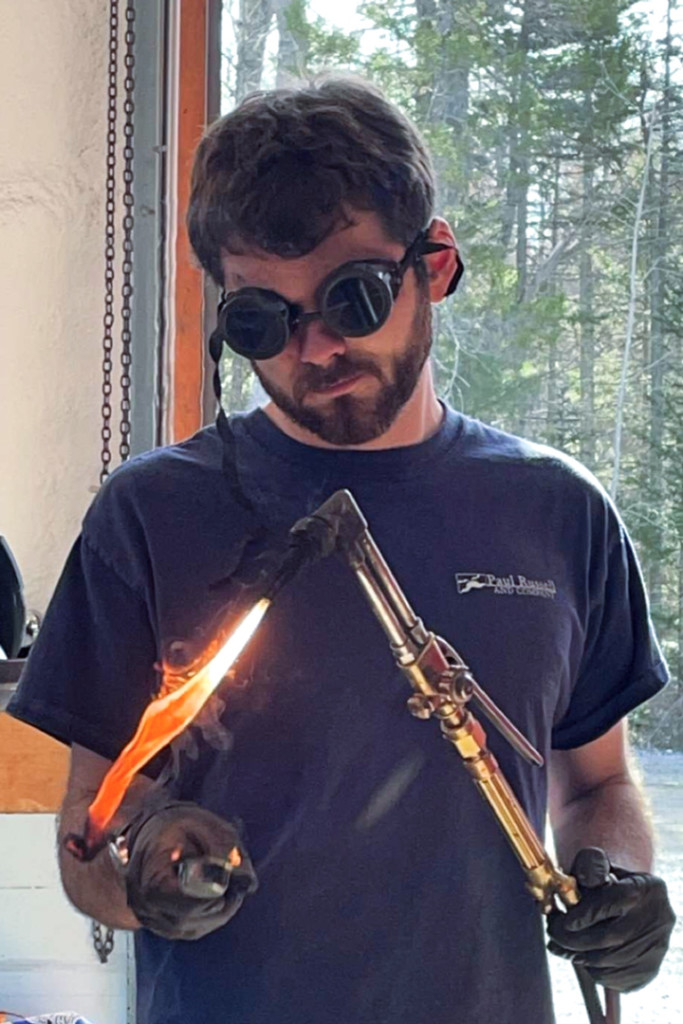
Donate
Today
Support skilled trade education for future auto restoration technicians.
Campaigns
Give to What You Love
Make a gift that helps the next generation access the education and training they need to begin a career as a classic car technician. Gifts of any size are appreciated and will be used to fund our scholarship and apprenticeship programs.
Sponsor a Piston Scholar
Piston Foundation scholarships are awarded to aspiring technicians to help them begin an auto restoration career. Give to the car culture you love. 100% goes to fund scholarships.
Cars for Piston Scholars
Turn your collector car into education and hands-on training for aspiring collector car technicians. Your car can change lives. 100% goes to fund scholarships.
Give to What You Love
Make a gift that helps the next generation access the education and training they need to begin a career as a classic car technician. Gifts of any size are appreciated and will be used to fund our scholarship and apprenticeship programs.
Sponsor a Piston Scholar
Piston Foundation scholarships are awarded to aspiring technicians to help them begin an auto restoration career. Give to the car culture you love. 100% goes to fund scholarships.
Cars for Piston Scholars
Turn your collector car into education and hands-on training for aspiring collector car technicians. Your car can change lives. 100% goes to fund scholarships.
Subscribe
Sign up for our monthly email with stories, updates, and volunteer opportunities.


